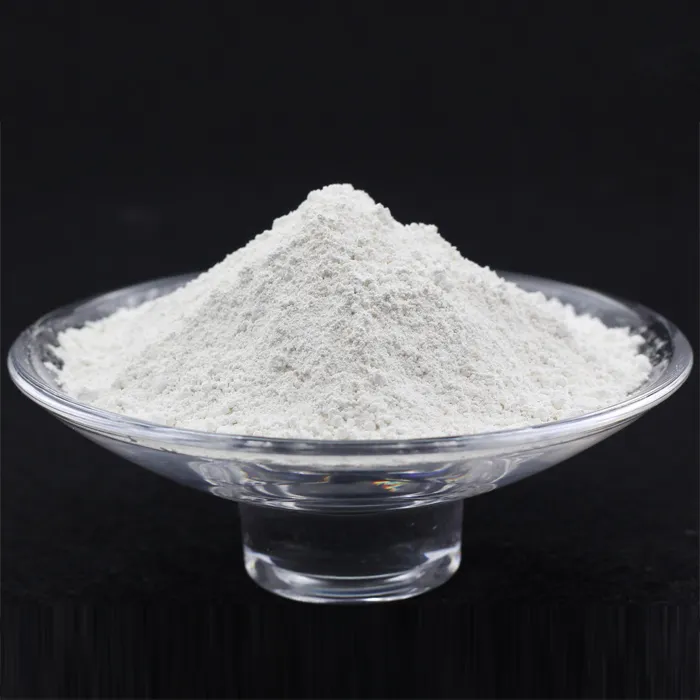Polyacrylamide Formation An Overview
Polyacrylamide (PAM) is a synthetic polymer that has garnered significant attention due to its versatile applications in various fields such as water treatment, agriculture, and even biomedical research. This article explores the process of polyacrylamide formation, its chemical properties, and its applications, as well as its potential environmental impacts.
The Chemistry of Polyacrylamide Formation
Polyacrylamide is formed through the polymerization of acrylamide monomers. This process can be initiated through either a free radical mechanism or anionic polymerization. The most common method involves the use of free radicals generated by initiators such as potassium persulfate or ammonium persulfate. When the initiator decomposes, it produces radical species that can react with acrylamide, leading to the formation of oligomers that progressively add more acrylamide units.
The reaction can be summarized as follows
1. Initiation The initiator decomposes to form free radicals. 2. Propagation These radicals react with acrylamide monomers, forming active centers that continue to react with additional monomers and grow the polymer chain. 3. Termination The growth process can terminate when two active chains combine or when a chain ends by reacting with an impurity.
The end result is a long-chain polymer, polyacrylamide, which can vary in molecular weight depending on the conditions of the polymerization process, including temperature, concentration of the monomer, and the nature of the initiator.
Types of Polyacrylamide
Polyacrylamide can take different forms depending on its composition
1. Nonionic Polyacrylamide This is formed solely from acrylamide and does not have any ionic groups. It is often used in various applications due to its flexibility and ease of handling. 2. Anionic Polyacrylamide This variant includes negatively charged groups, making it suitable for applications such as flocculation and soil stabilization because it can interact with positively charged particles.
3. Cationic Polyacrylamide This type contains positively charged groups, which makes it particularly effective in wastewater treatment and paper manufacturing by enhancing the coagulation process.
polyacrylamide formation

Applications of Polyacrylamide
Polyacrylamide's unique properties make it an invaluable material across different industries
- Water Treatment PAM is widely used as a flocculant in municipal and industrial wastewater treatment facilities. It helps in the aggregation of suspended particles, allowing for easier removal and purification of water.
- Soil Conditioning In agriculture, anionic polyacrylamide is often used to improve soil structure and reduce erosion. It helps retain moisture in the soil, leading to better crop yields.
- Biomedical Applications Polyacrylamide gels are utilized in electrophoresis, a technique widely used in molecular biology for the separation of biomolecules like DNA and proteins.
- Oil Recovery PAM is employed in enhanced oil recovery processes, where it functions to improve the viscosity of the injection fluids, leading to better extraction rates.
Environmental Considerations
Despite its many advantages, the use of polyacrylamide also raises certain environmental concerns. The primary issue arises from acrylamide itself, which is classified as a potential neurotoxin and carcinogen. Because of this, the safe handling and disposal of polyacrylamide-based products are crucial. Furthermore, research is ongoing to develop more eco-friendly alternatives and biodegradable variants to mitigate the environmental footprint of synthetic polymers.
Conclusion
The formation of polyacrylamide through polymerization has led to significant advancements across various sectors. While its benefits are considerable, attention must be paid to the potential health and environmental risks associated with acrylamide. As research progresses, the development of safer and more sustainable practices in the application of polyacrylamide will be essential to harnessing its full potential while safeguarding public health and the environment.

